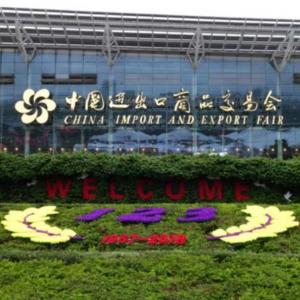What Is Silk? How to Use and Care for Silk Fabric
What Is Silk?
Silk is a natural fiber produced by insects as a material for their nests and cocoons. There are several types of insects that produce silk, including silkworms (the most common type of silk), beetles, honey bees, bumble bees, hornets, weaver ants, and many more. Made primarily of a protein called fibroin, silk is known for its shine and softness as a material.
What Is the History of Silk Production?
The earliest example of silk fabric comes from China when it was used in a child’s tomb to wrap the body. China dominated the silk industry for many years, and initially the material was reserved for the Emperor. The Chinese used silk as a form of currency, and cost was measured in lengths of silk. The Silk Road, which connected industries from the East to the West, was a popular trading route named for the material, and that region of the world, still maintains the name today.
What Are the Pros and Cons of Silk Fabric?
Silk is known for its beautiful drape and absorbent nature, along with other positive factors, including:
Texture. Silk is incredibly soft with a flattering sheen, giving it a high-end and luxurious appeal.
Strength and durability. It is also one of the strongest natural fibers, though some of its strength diminishes upon getting wet. Silk is often blended with other fibers, such as cotton, for added sturdiness.
Elasticity. The material’s flexibility makes it ideal for garments and upholstery.
Absorbency. Silk is one of the most absorbent fabrics, therefore it handles moisture well in clothing items.
However silk has some drawbacks as well, including:
Static cling. Since the material does not conduct electricity well, it can experience a lot of static.
Shrinkage. The fabric shrinks in the wash so a silk clothing item should always be dry-cleaned or the material should be washed before the clothing item is constructed.




